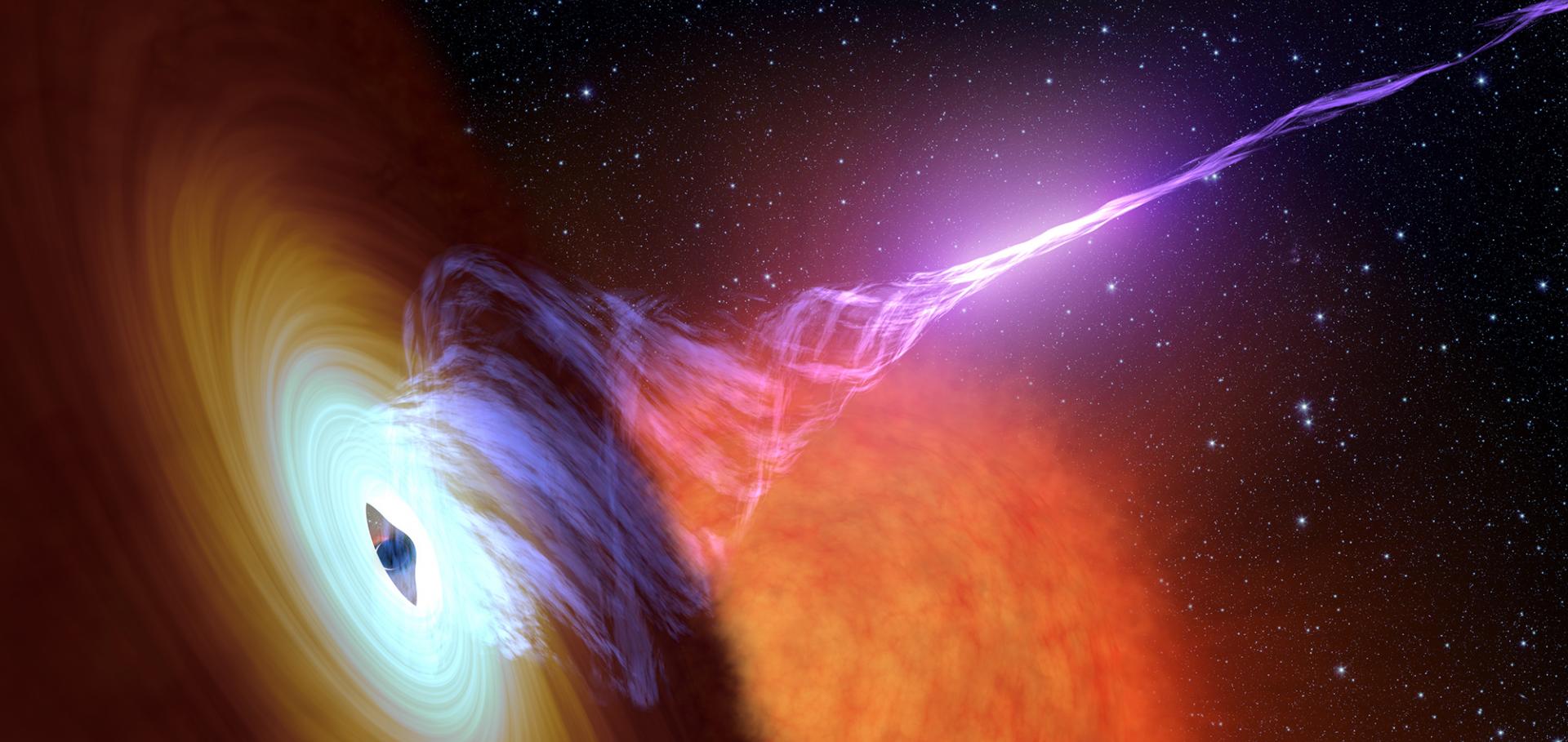MeerKAT discovers a jet-driven bow shock near GRS 1915+105
Astronomy & Astrophysics EDP Sciences 696 (2025) a222
Quantifying jet–interstellar medium interactions in Cyg X-1: Insights from dual-frequency bow shock detection with MeerKAT
Astronomy & Astrophysics EDP Sciences 696 (2025) a223
Sub-second optical/near-infrared quasi-periodic oscillations from the black hole X-ray transient Swift J1727.8-1613
(2025)
Contemporaneous optical-radio observations of a fast radio burst in a close galaxy pair
Monthly Notices of the Royal Astronomical Society Oxford University Press (OUP) 538:3 (2025) 1800-1815


